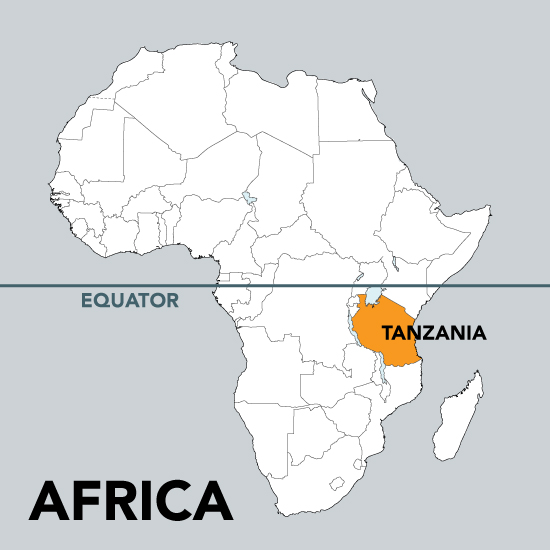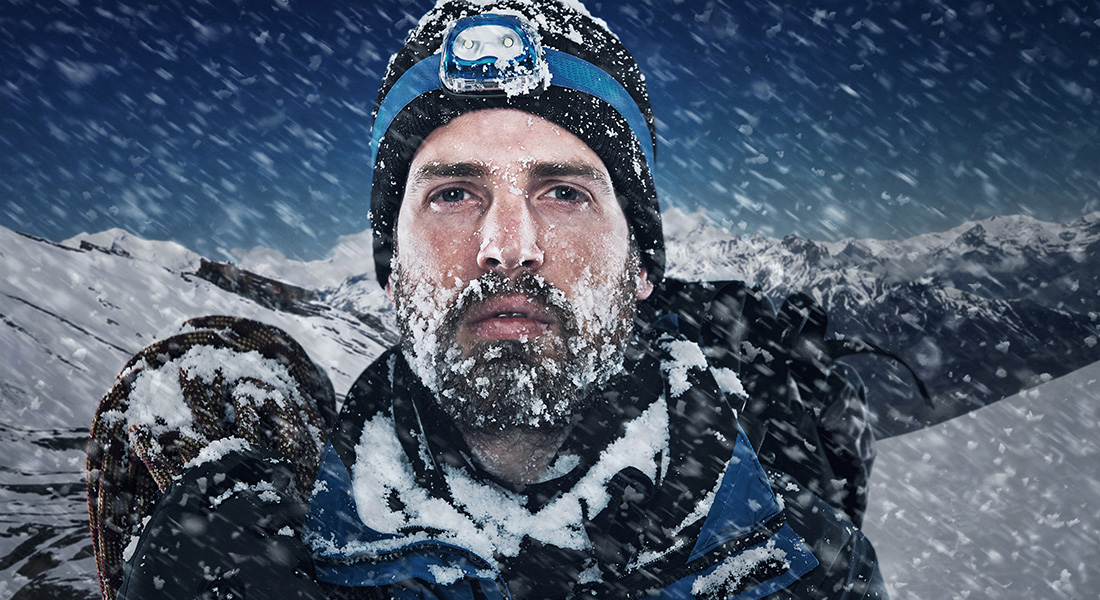WHEN SHOULD YOU CLIMB KILIMANJARO?
T he best time to climb depends on several factors. Usually, the closer a location is to the equator, the warmer the temperature. However, this isn’t always the case. Tanzania, and particularly Mount Kilimanjaro are located near the equator but the region does not experience four distinct seasons. Instead, it has two wet seasons (rainy) and two dry seasons (very little rain).
The first rainy season is known as the long rainy season. It begins in the middle of March and runs through the end of May. There is also a short rainy season. It occurs throughout the month of November. Climbing during the dry seasons is obviously the best time to climb. On the other hand, if you don’t mind the rain, and a less pleasant experience, climbing during the two rainy seasons does have its advantages. First of all, there won’t be many people on the mountain. Furthermore, airfare will be cheaper and the rain usually begins in the afternoon when you are already at camp. Since climbing during the rainy season isn’t very popular, we do not offer group climbs during these seasons.
In addition to the weather, there are a few other factors to keep in mind when scheduling your Kilimanjaro climb. One, how does it fit into your schedule? This is important because it takes a minimum of about two weeks with flying time to climb Kilimanjaro. If you add a safari then that will obviously increase. Finally, as previously mentioned, the cost of airfare can also determine the best time to go.

KILIMANJARO WEATHER

T he weather conditions that can cause concerns while climbing Kilimanjaro are generally related to the cold temperature, rain, and/or snow. Though the average temperatures in the lowlands of Tanzania are relatively warm and stable throughout the year, the temperature on Kilimanjaro varies widely depending on the altitude. We recommended climbing Kilimanjaro during the dry seasons, but climbers may still experience heavy rains. The mountain’s weather is unpredictable and climbers should be ready for wet and cold conditions no matter what time of year they are climbing.
There are distinct climatic zones at different altitudes with changing vegetation. You’ll pass through five major ecological zones on the way to the summit. As you gain altitude, the temperature drops. Consequently, so do the precipitation levels and amount of vegetation. While the temperatures in the rainforest are generally very mild, averaging 70 to 80 degrees Fahrenheit, the temperatures during the night ascent to the summit are frequently below zero. Therefore, climbers need to have the appropriate extreme cold weather gear to endure harsh winter weather for many hours.
However, most of the hiking can be done wearing just one or two layers on top (a base layer plus a softshell jacket) and hiking pants. After arriving at camp, people usually will be comfortable putting on a warm, insulating layer such as a fleece or puffy jacket and a beanie.
BEST MONTHS TO CLIMB
T he best time to climb Mount Kilimanjaro is during the dry seasons, when weather conditions are more favorable and the trails are less slippery.
🌤️ Dry Seasons: Ideal Climbing Conditions
-
January to February: These months fall within Kilimanjaro’s short dry season. Expect generally clear skies, moderate temperatures, and lower chances of rain, making it an excellent time for a successful summit.
-
July to October: This is the long dry season and the most popular time to climb. The weather is typically stable, visibility is excellent, and you’ll enjoy panoramic views from the mountain.
🌦️ Shoulder Months – A Mix of Sun and Showers
If you’re open to a bit of unpredictable weather, consider climbing during the transitional months:
-
December
-
Early March
During these times, you might encounter occasional clouds or light rain, but you’ll also benefit from fewer crowds on the mountain.
| MONTH | TEMPS | RAIN | CLOUDS | CROWDS | |
|---|---|---|---|---|---|
 |
January | Warm | Medium | Low | High |
 |
February | Warm | Medium | Low | High |
 |
March | Moderate | High | Medium | Low |
 |
April | Moderate | High | High | Low |
 |
May | Moderate | High | High | Low |
 |
June | Cold | Medium | Medium | Medium |
 |
July | Cold | Medium | Low | High |
 |
August | Cold | Low | Low | High |
 |
September | Moderate | Low | Low | High |
 |
October | Moderate | Low | Medium | Medium |
 |
November | Moderate | High | Medium | Low |
 |
December | Moderate | Medium | Medium | Medium |
 Best Best |
 Okay Okay |
 Not Recommended Not Recommended |
🌧️ Rainy Seasons – Not Recommended for Most Climbers
-
Short Rainy Season: November
-
Long Rainy Season: Late March through the end of May
Climbing Kilimanjaro during the rainy seasons is generally not advised. Trails can be muddy, and visibility is often poor. However, for experienced and well-prepared trekkers, these off-peak months offer a unique opportunity: minimal crowds and tranquil campsites. You might even have an entire camp to yourself.
For a month-by-month breakdown of Kilimanjaro’s weather, rainfall, temperatures, and crowd levels, check out our detailed Kilimanjaro Climbing Conditions Chart.






